The Stellar Pearls - The Hubble Space telescope
-
The Stellar Pearls - The Hubble Space Telescope
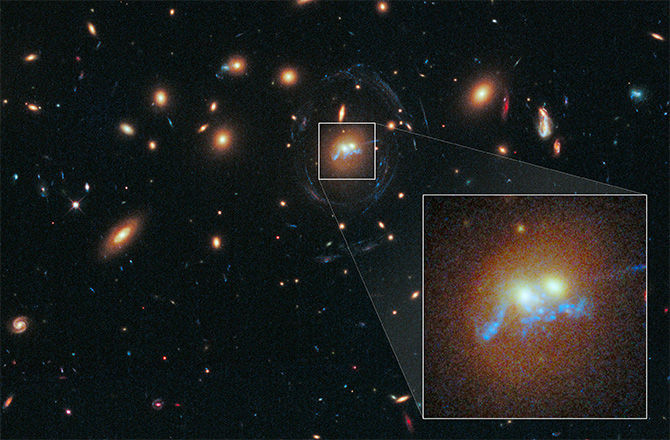
The Stellar Pearls - The Hubble Space telescope
The Hubble Space Telescope has spotted an unprecedented 100,000 light-year long structure wrapped around two colliding galaxies. The structure resembles a pearl necklace, with the ‘pearls’ being individual super-clusters of young blue stars evenly spaced 3,000 light-years apart.
The stellar pearls were likely spawned by the increase in density of material as the two galaxies collided. The galaxies are located inside the dense galaxy cluster SDSS J1531+3414 approximately 4.5 billion light-years away.
Hubble’s Latest Mind Blowing Cosmic Pictures
“We were surprised to find this stunning morphology, which must be very short-lived (perhaps about 10 million years, which is a fraction of the time it takes for galaxies to merge),” said Grant Tremblay, of the European Southern Observatory in Garching, Germany, in a Hubble news release. “We’ve long known that the ‘beads on a string’ phenomenon is seen in the arms of spiral galaxies and in tidal bridges between interacting galaxies.
“However, this particular supercluster arrangement has never been seen before in giant merging elliptical galaxies,” he said. “We have two monsters playing tug-of-war with a necklace, and its ultimate fate is an interesting question in the context of the formation of stellar superclusters and the merger-driven growth of a galaxy’s stellar component.”
NEWS: Massive Galaxy Cluster Gives Hubble a Superboost
The interesting thing about this discovery is that it was made completely by chance. Hubble was carrying out a survey of 23 galaxy superclusers to observe the gravitational lensing effect of these massive objects. As can be seen in this observation, large arcs of light surround the cluster, caused by the light of more distant galaxies behind the supercluster becoming warped and focused by extreme spacetime curvature.
Hubble’s observing power can be boosted by observing these arcs, which provide an amplifying effect on distant galaxies’ light that would otherwise be too weak to discern. But on analysis of SDSS J1531+3414, the researchers spotted the strange formation of stars wrapped around the colliding galaxies like a Slinky.
NEWS: Hubble Cuts a Core Sample Out of the Cosmos
Though unprecedented, astronomers have an idea as to the physical process that spurred their strange morphology. The Jeans instability, which describes the behavior of self-gravitating clumps of material, likely spurred the formation of these huge stellar beads. On Earth, the same process dominates the formation of rain. Rather than falling as a continuous stream of water, rain falls as small droplets — a small-scale phenomena driven by the Jeans instability that can also be applied to structures hundreds of thousands of light-years across.
“This is a beautiful demonstration of the profound scale-invariance of the fundamental laws of nature,” said Tremblay. “We see the same physics on 100,000-light-year scales that we see in our kitchen sinks and inkjet printers.”





















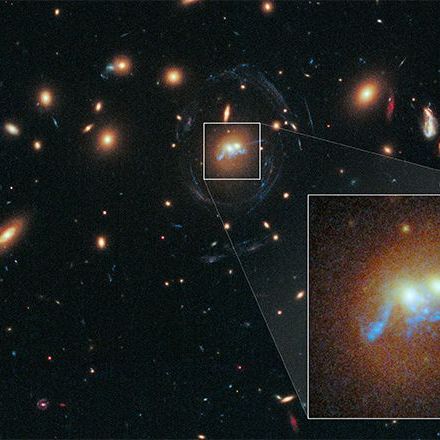
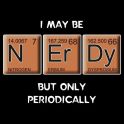

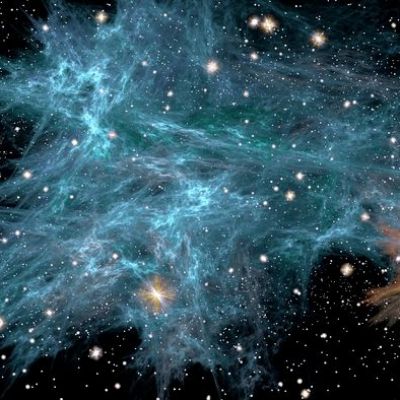
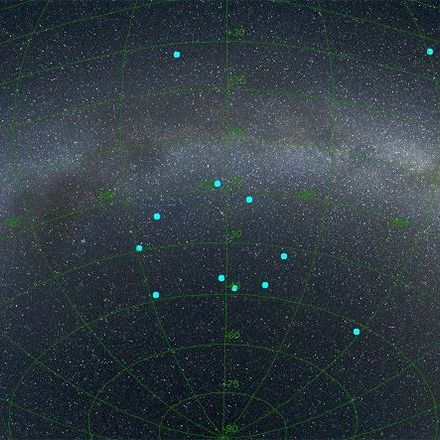

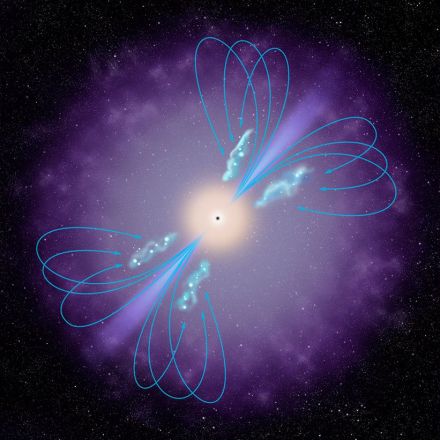
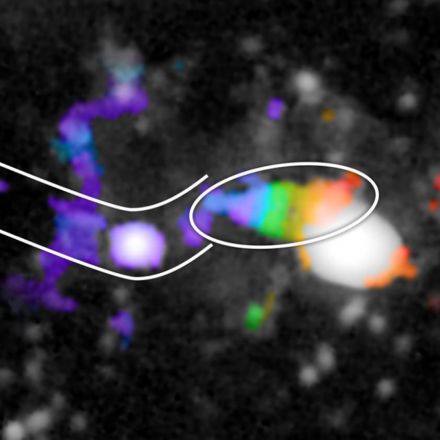
Join the Discussion